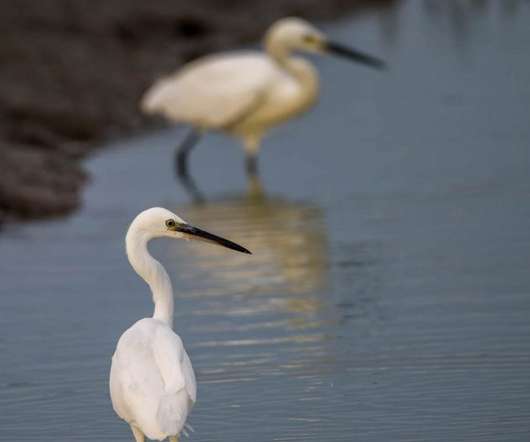Birding Chongming Island in summer
10,000 Birds
JULY 18, 2022
One strange thing about Chongming is the inevitable presence of people fishing. Not professionally – these people come in SUVs and probably never recapture their gas money from the fish they catch (though come to think of it, neither do I with my bird photos). of catching extremely small fish.












Let's personalize your content